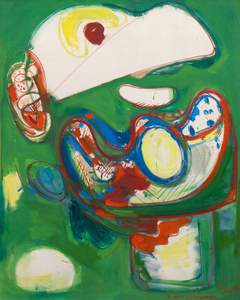Please contact the gallery for more information.
2024
2023
2022
2021
2020
2019
2018
2016
2015
2014
2011
2010
2009
History
Richard Pousette-Dart was in his mid-20s when joined a group of like-minded painters and signed a petition to protest the Metropolitan Museum of Art’s policy against ‘progressive’ art. Nina Leen would go on to photograph this group of artists for Life magazine, solidifying Pousette-Dart’s place within the pantheon of first-generation Abstract Expressionist painters.
Much like Mark Rothko, Ad Reinhardt, Clifford Still, and the other celebrated New York School painters, Richard Pousette-Dart strongly believed in abstract art’s ability to elicit transcendence. Essentially, the question of how spirituality could be effectively represented in art drove his work, as it did countless other American artists of his generation. By the 1960s, the convoluted, surreal shapes of his early oeuvre gave way to shimmering, luminous treatments of circles and squares as universal symbols of cosmic forces arising as if from a sublime, ineffable ether. Painted in 1962, From the Mind of the Sea is of this sort.
In a historical context, the painting seems largely intent upon challenging the post-war obsession with materialism by offering an alternative non-western based perspective. Imbued with the warmth of radiant sunlit yellow hues set against a soft blue background, it relies not on traditional perspective devices, but the dense layering of pigment, pointillist touches, marks, and colors to create a maze of sublime forms set upon an illusion of deep space. As the eye moves across the canvas surface, it seems simultaneously aqueous and atmospheric. The largely circular or ovoid shapes and forms accompany a radiant solar presence that reflects a sensation of energy immersed in a sublime haze that creates an atmosphere of pulsating fluorescent spirals, spheres, and arabesque tendrils.
The duality of intuition and order is present here, but mostly From the Mind of the Sea evokes the impression of being a portal to another dimension of potentiality and possibilities. It has an organic delicacy of shifting atmosphere achieved here with compelling skill; its visual and philosophical implications remain elusive, fugitive, incandescent, and numinous.
The Irascibles
As New York City became the avant-garde’s global hub in the 1940s, radical, new approaches to art, such as action painting and abstraction, took root among the informally grouped New York School painters. By 1950, Abstract Expressionism was well underway, but the movement was often overlooked by institutions. When the Metropolitan Museum of Art announced its plan to exhibit a survey of contemporary American painting, many of the New York School painters felt there was a bias against more “progressive” art in the museum’s selection process, prompting them to draft an open letter protesting the show.
The letter garnered attention, and Life magazine published an article on the protest in January 1951, “The Irascible Group of Advanced Artists Led Fight Against Show.” To accompany the article, Nina Lee photographed 15 of the 18 painters who signed the letter, including Willem de Kooning, Adolph Gottlieb, Ad Reinhardt, Richard Pousette-Dart, William Baziotes, Jackson Pollock, Clyford Still, Robert Motherwell, Barnett Newman, and Mark Rothko. Today, this article is considered a turning point in the prominence of Abstract Expressionism, and the artists involved are often referred to as the “Irascibles.”
Richard Pousette-Dart’s Paintings at Auction
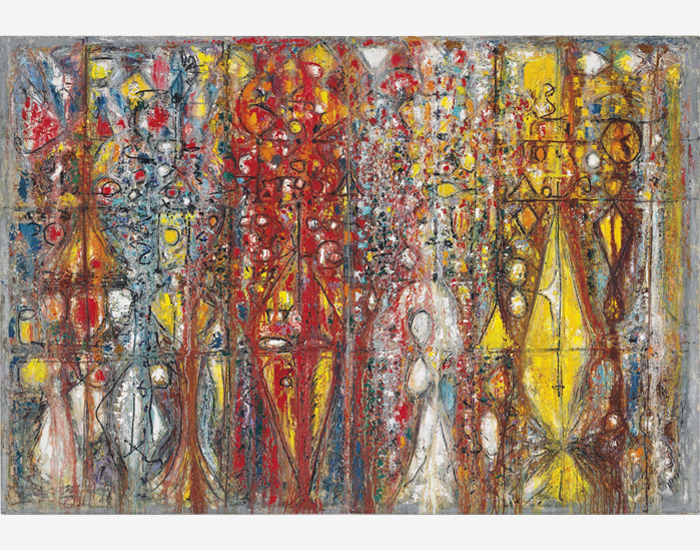
"Blood Wedding" (1958) sold for $2,629,000.

"Composition Number 1" (1943) sold for $972,500.

"Untitled" (c. 1940-1943) sold for $905,000.




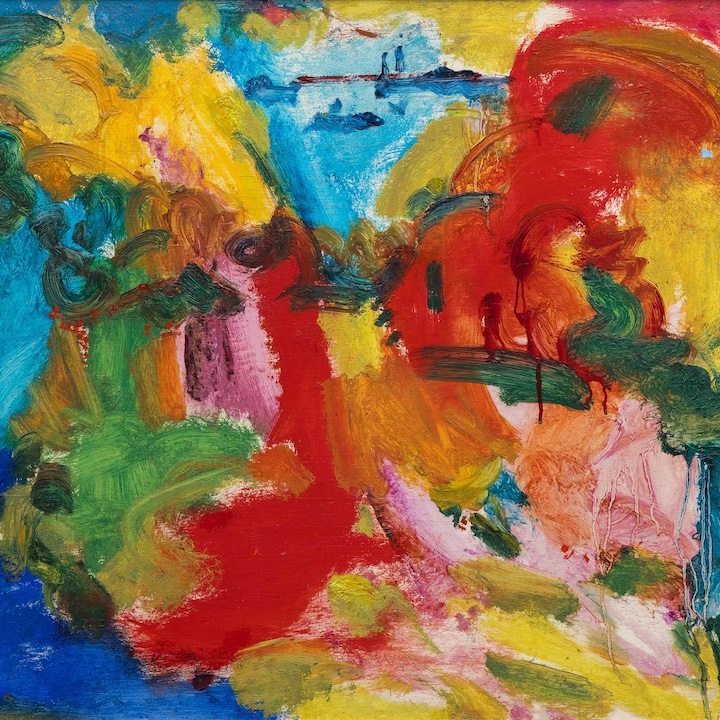
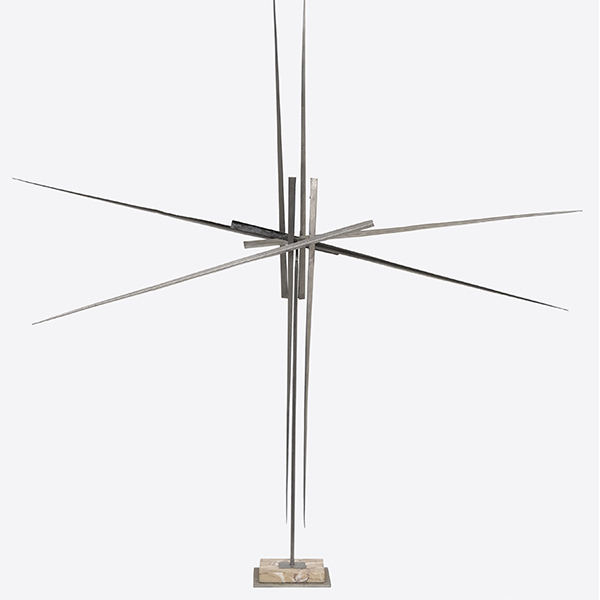
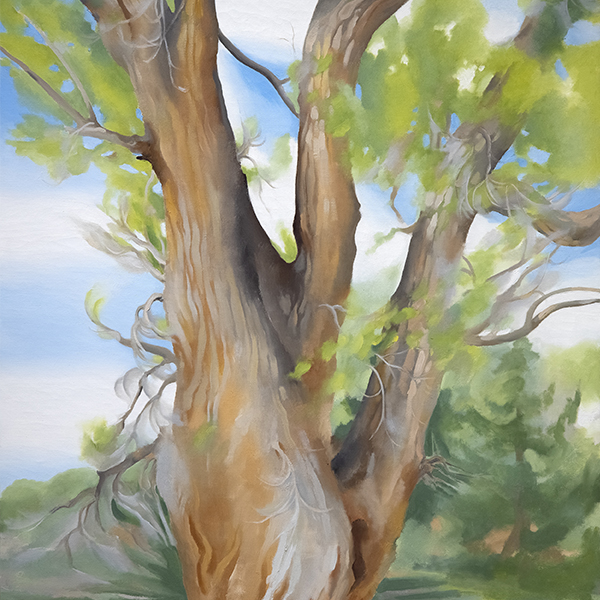
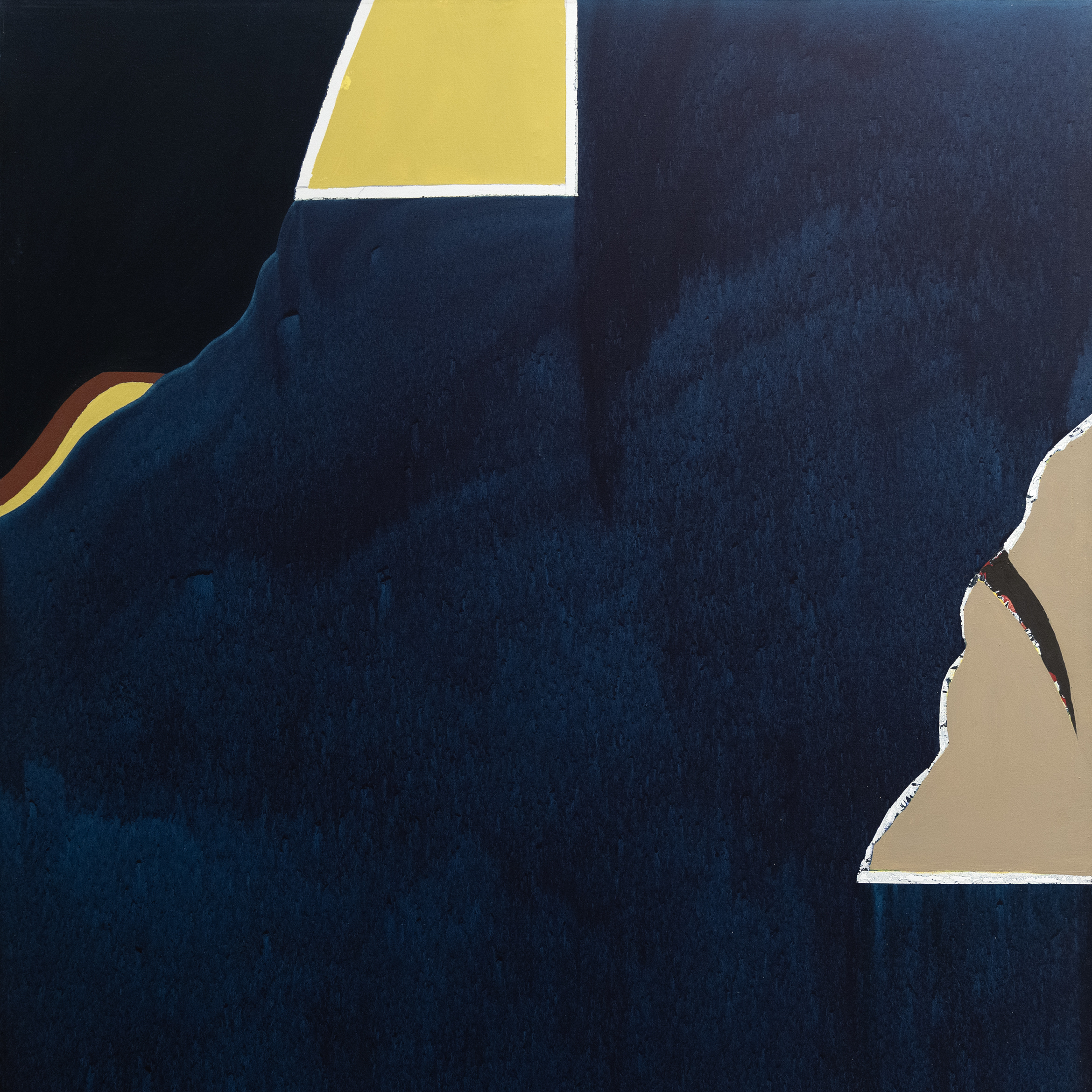
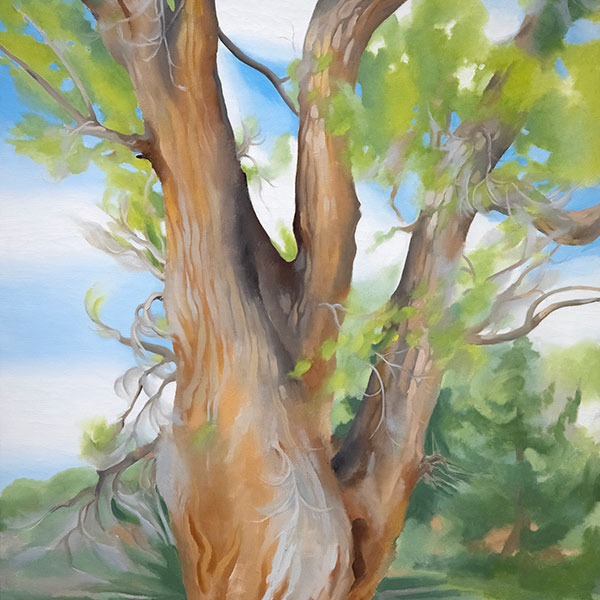

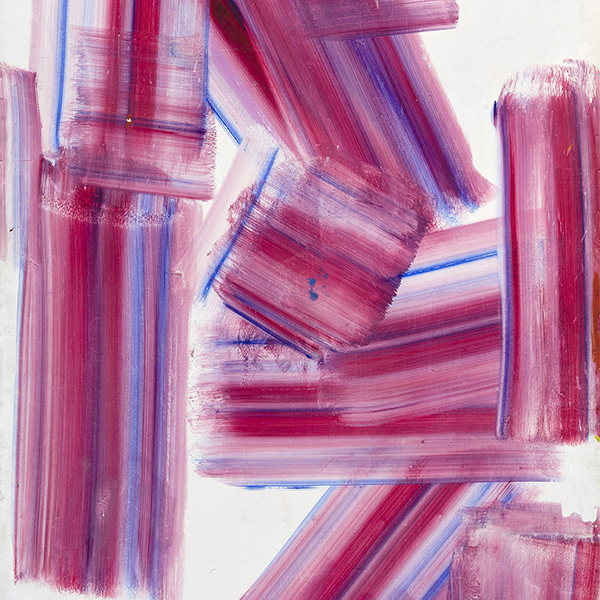
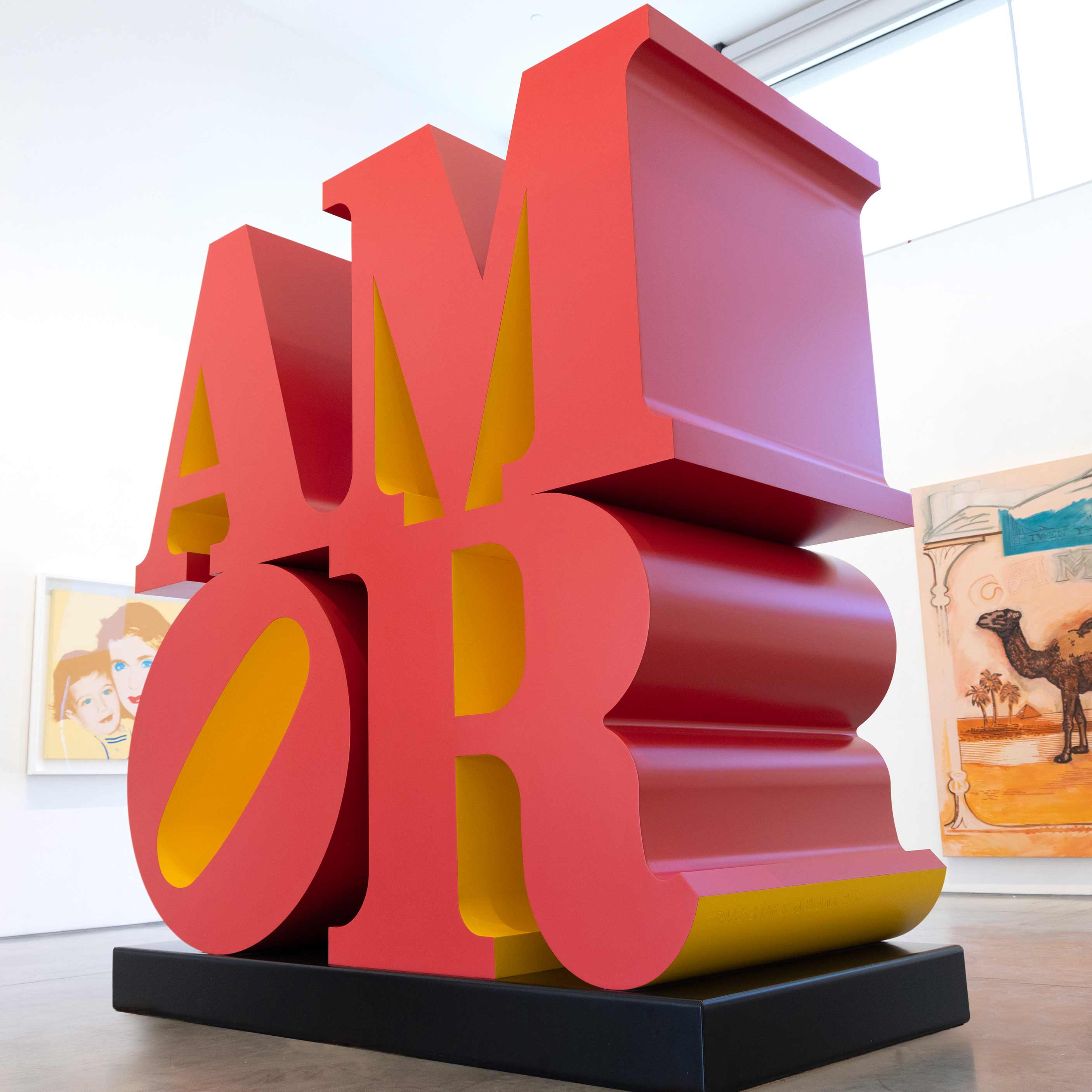
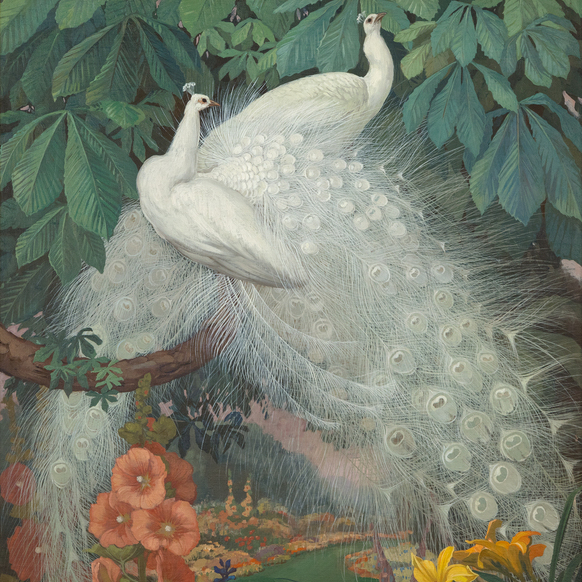
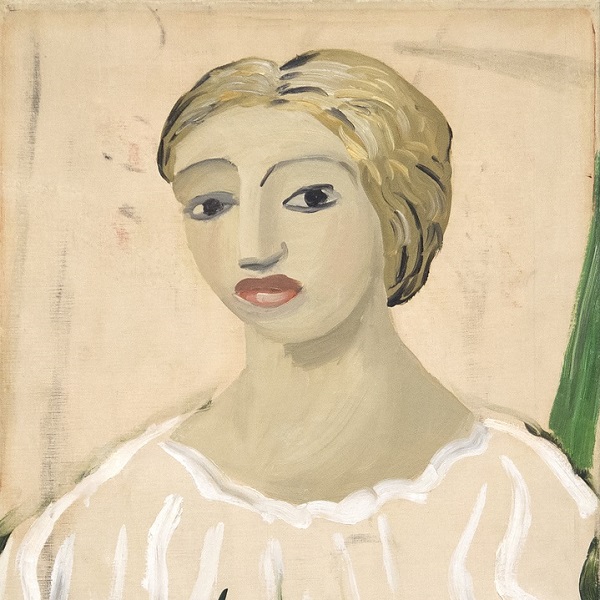
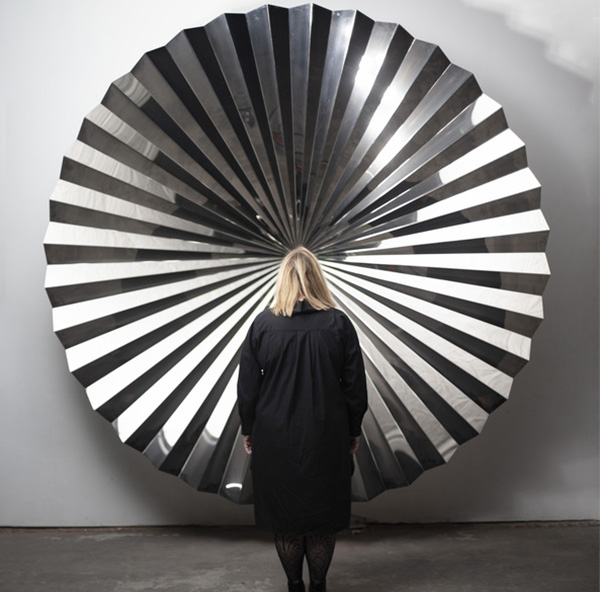
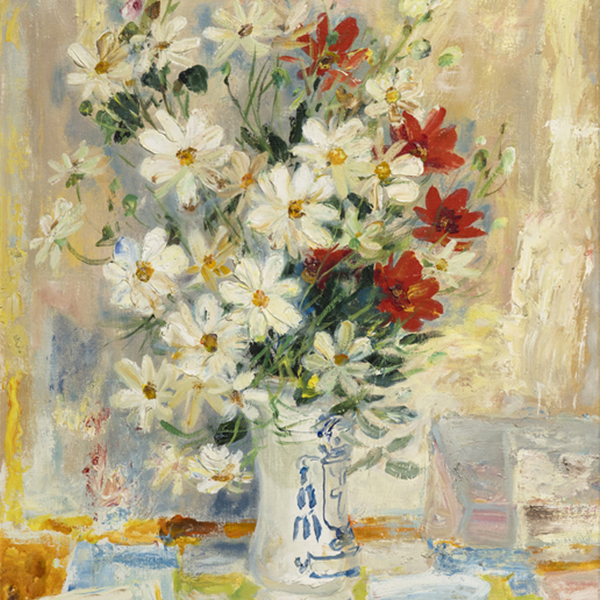
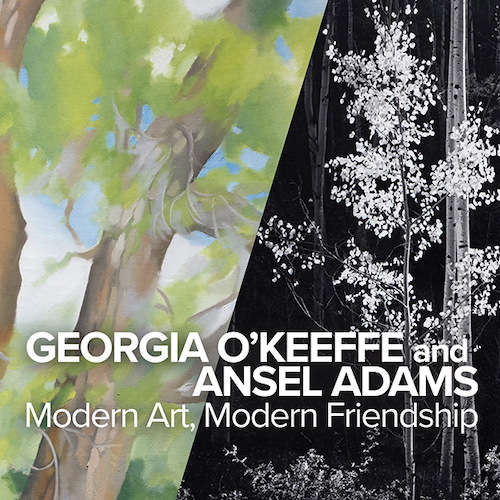
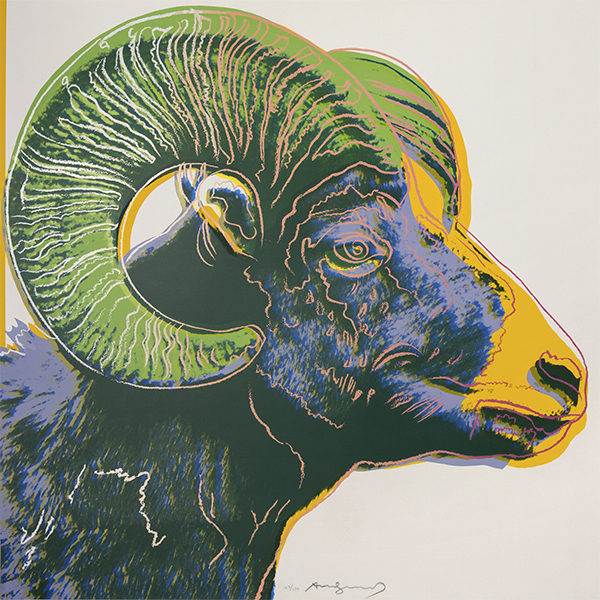
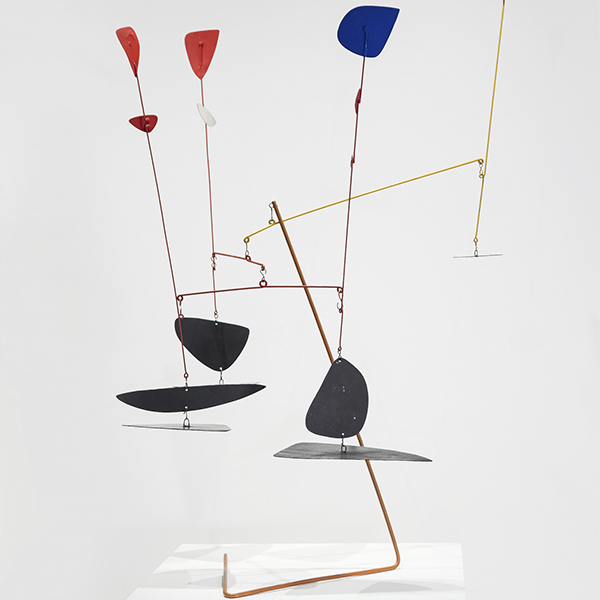

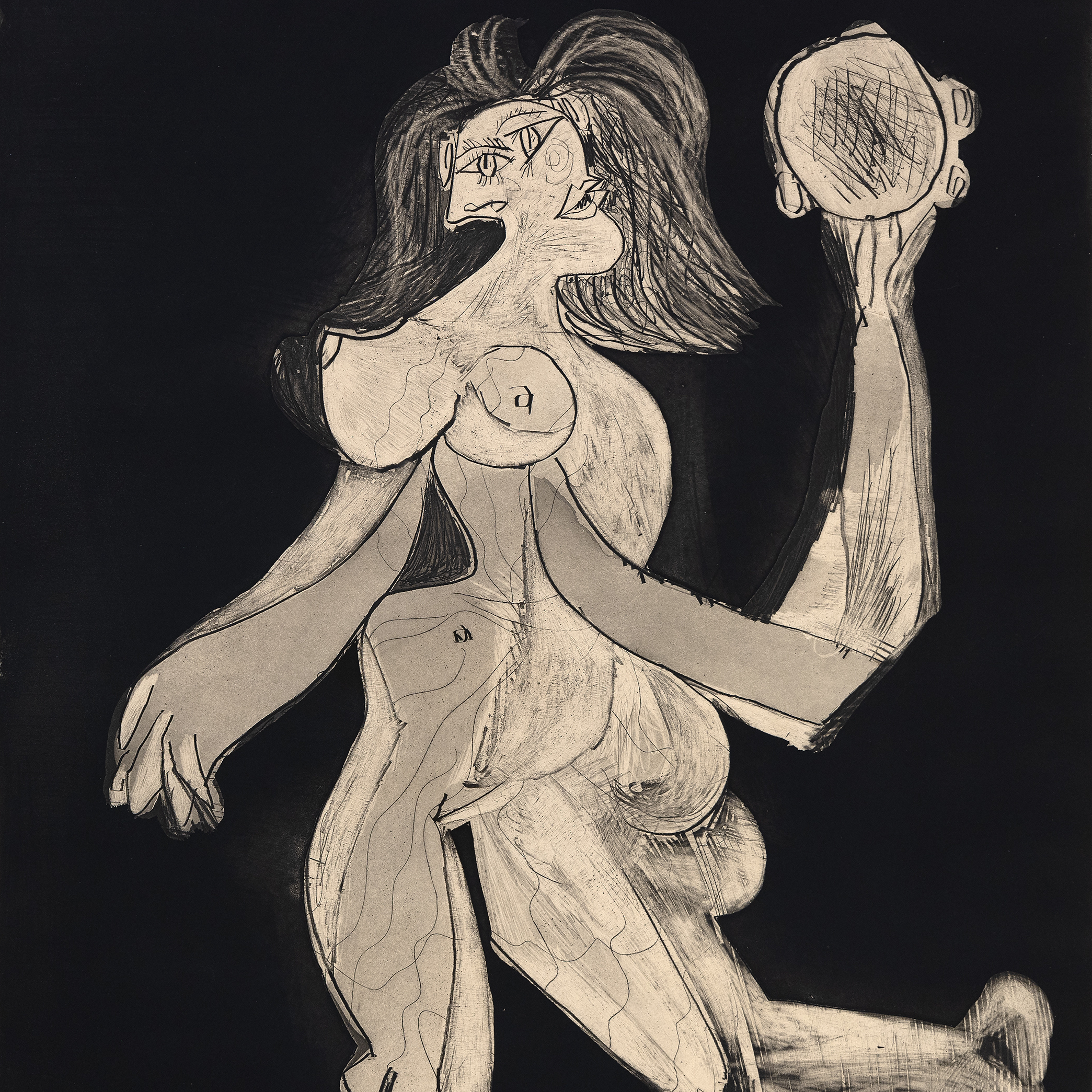

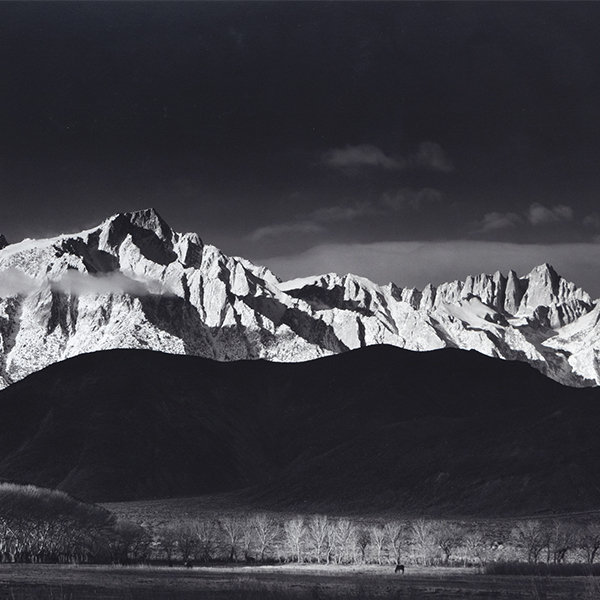
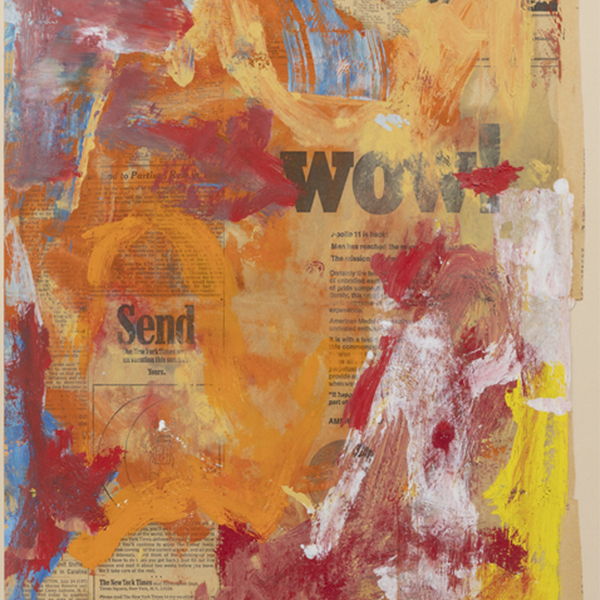
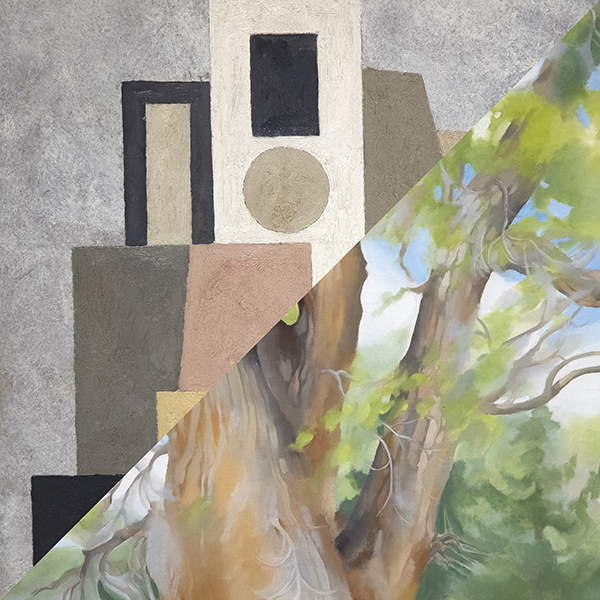
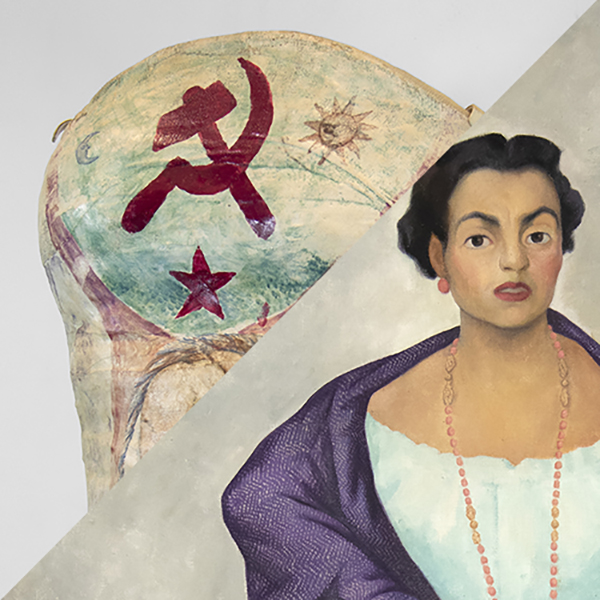
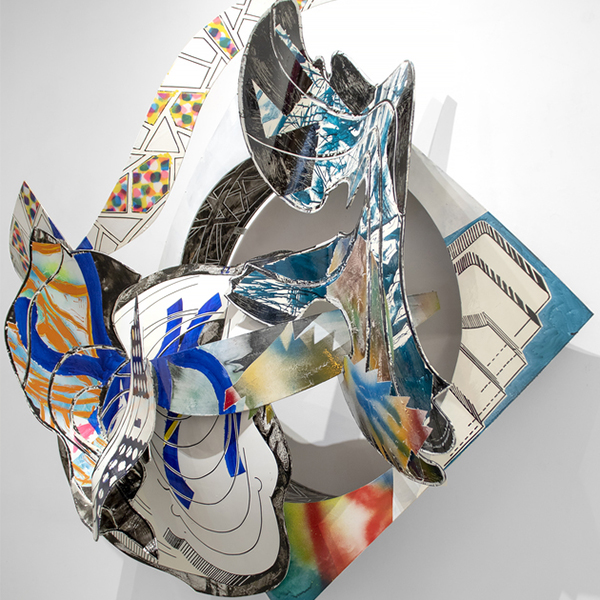
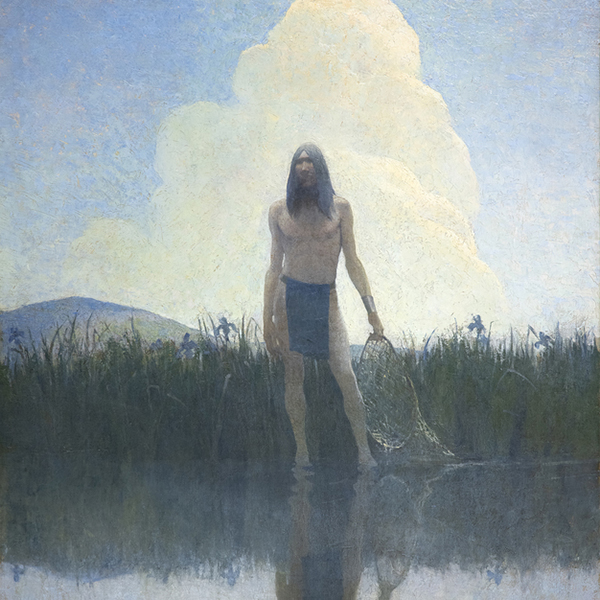
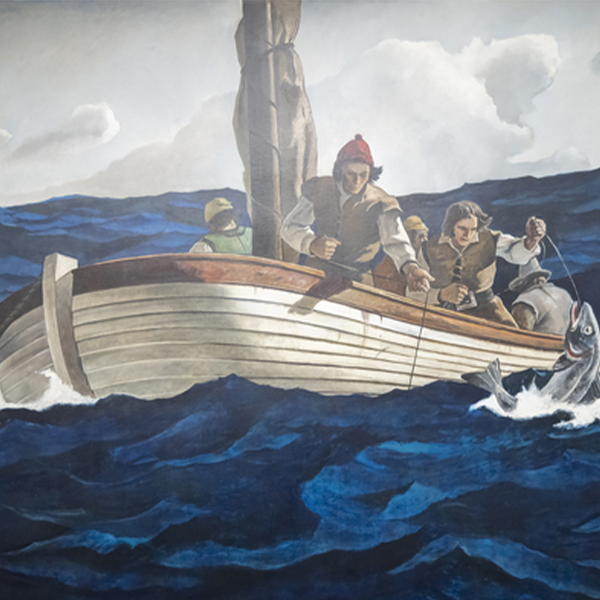
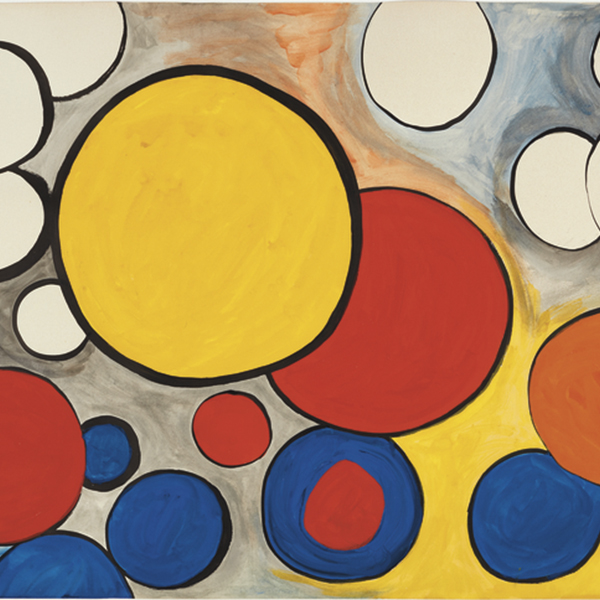
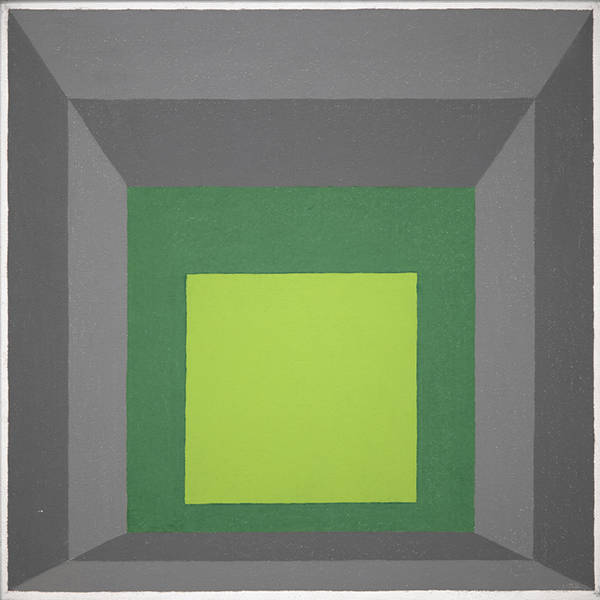
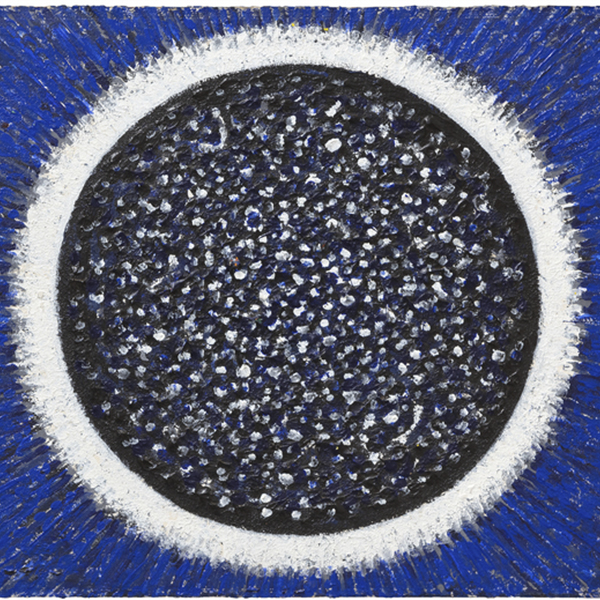
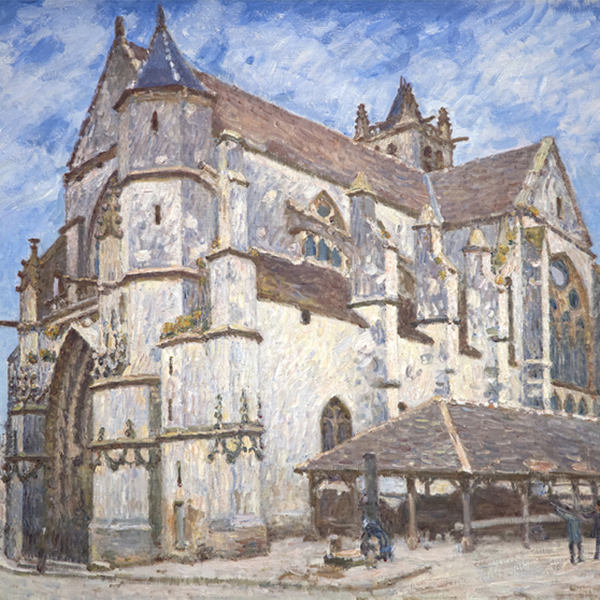
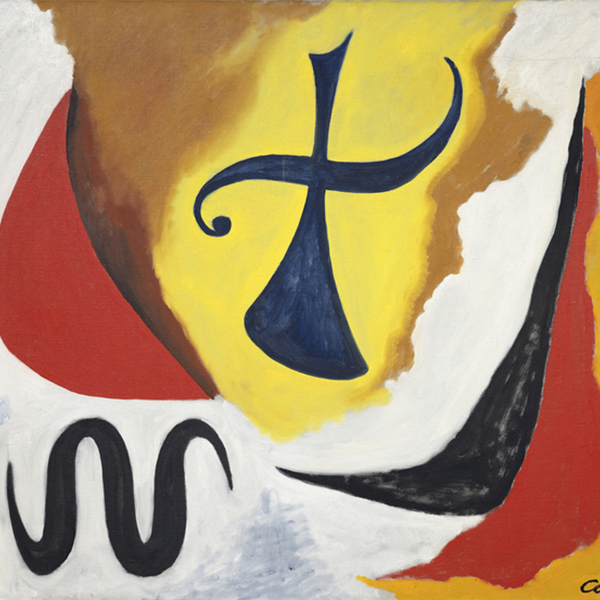
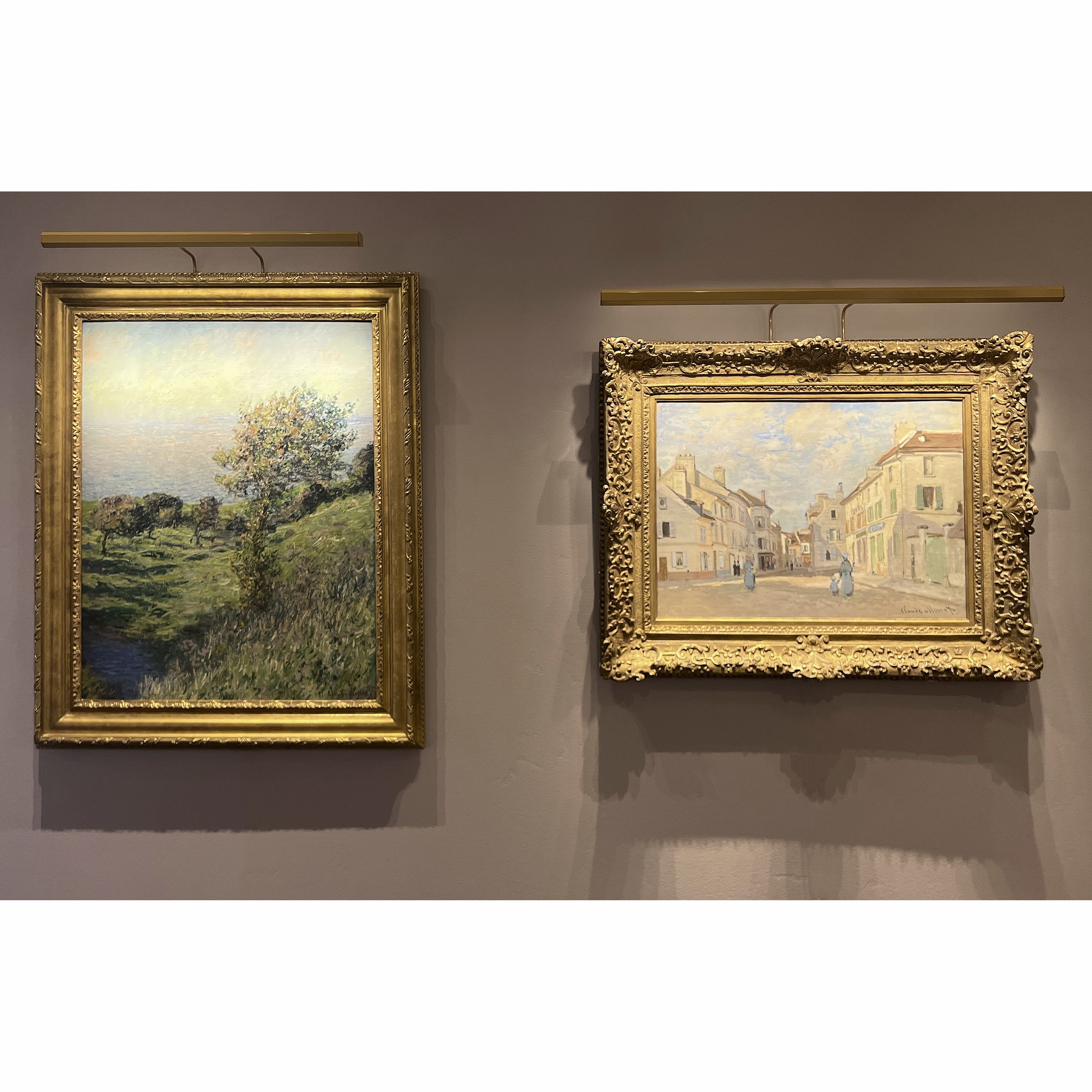

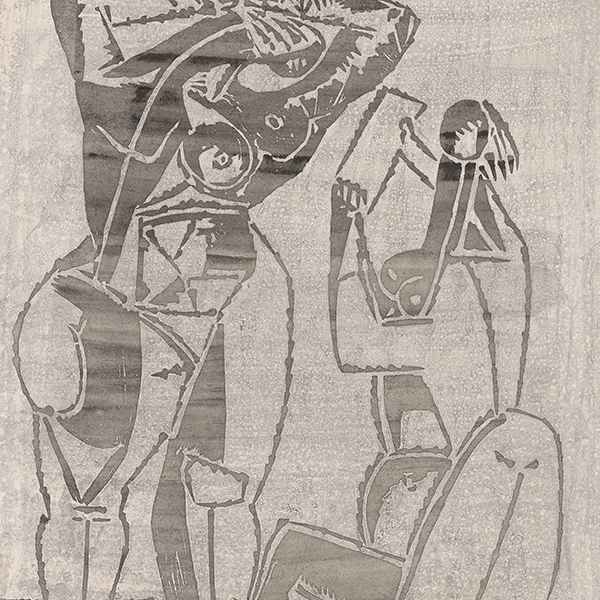


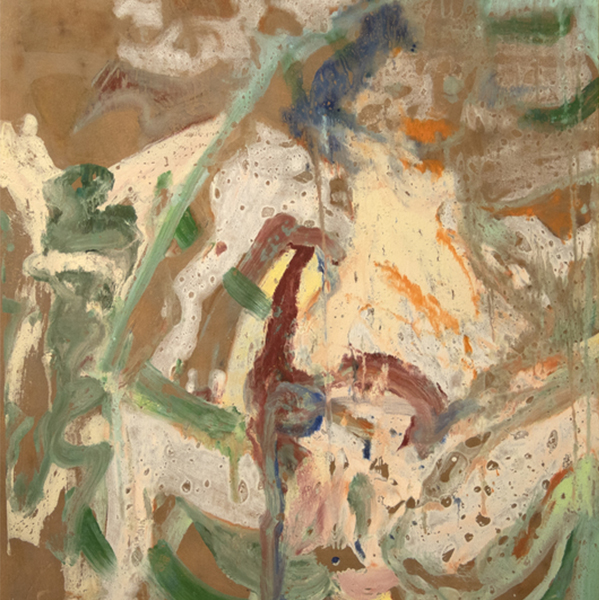
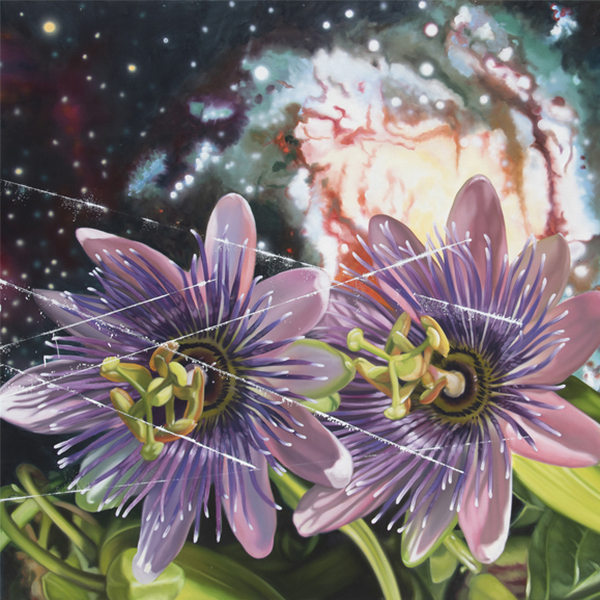
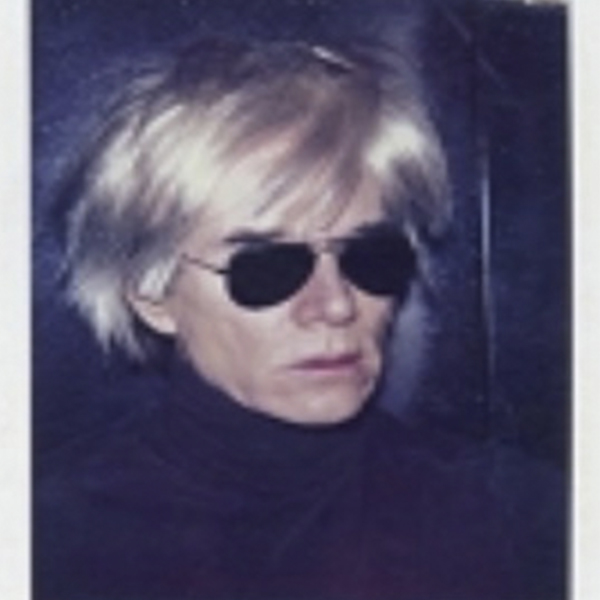
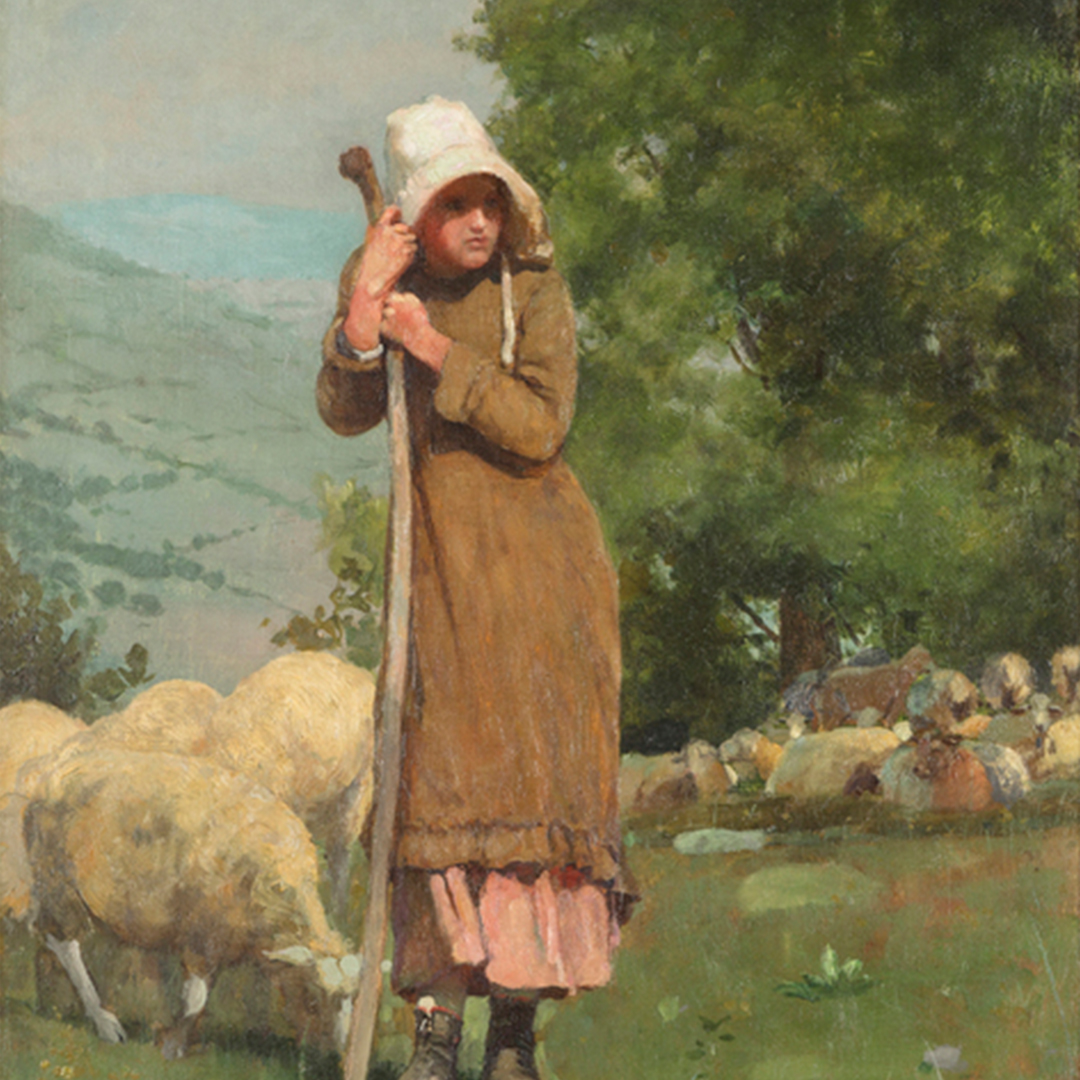
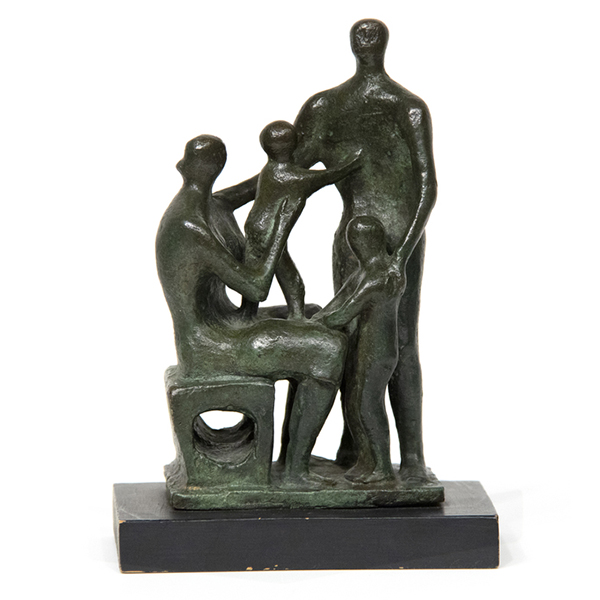
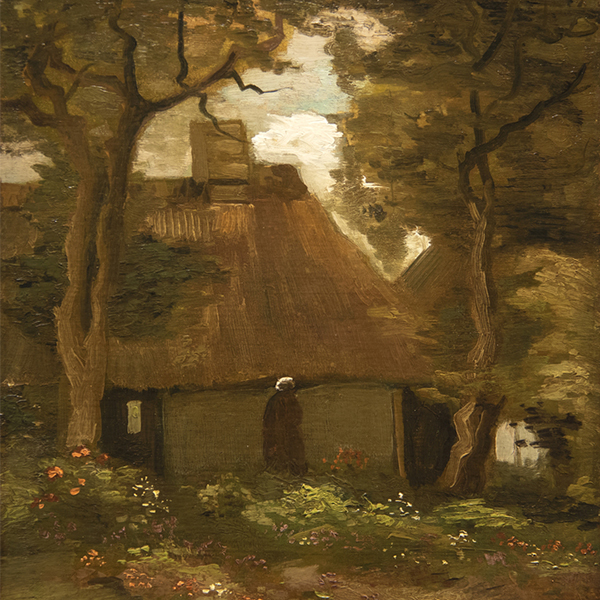
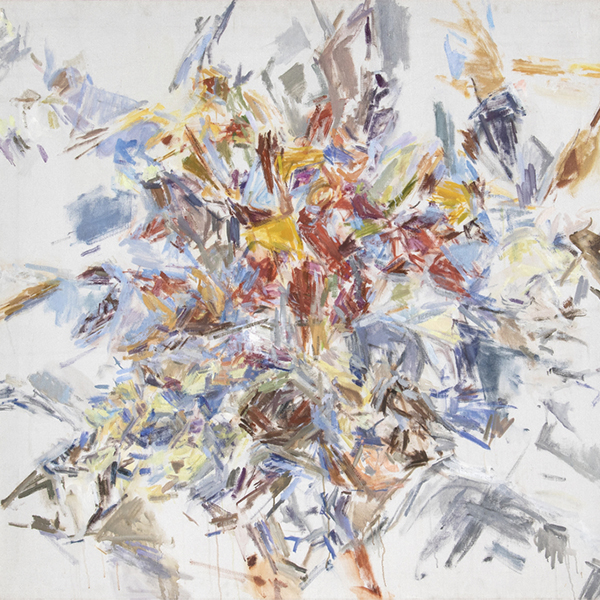

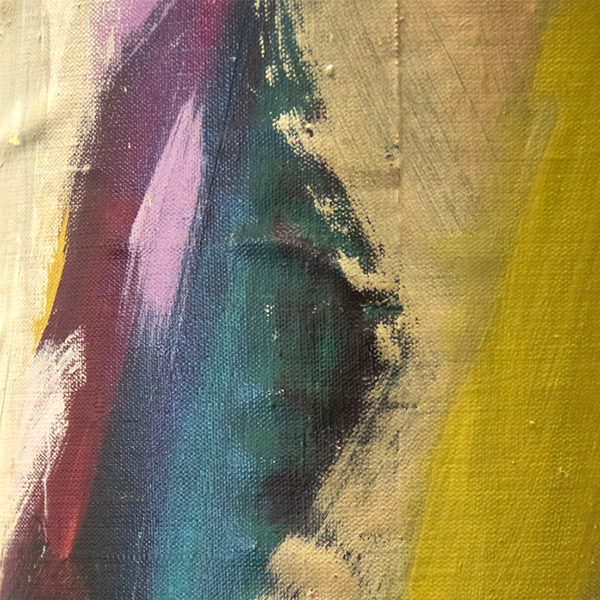


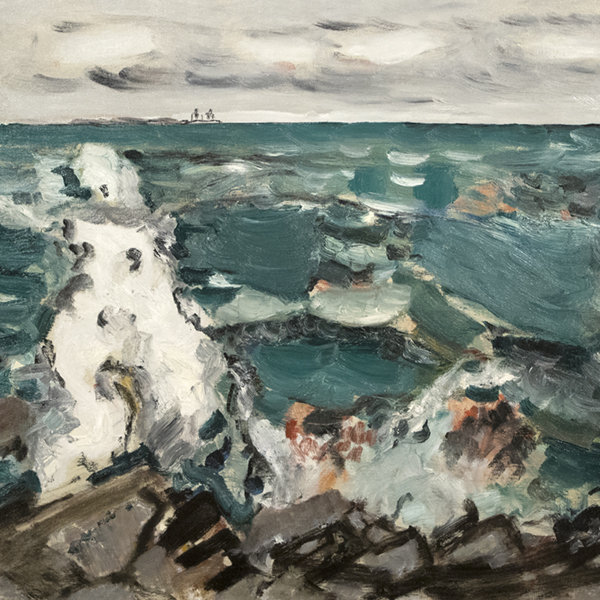
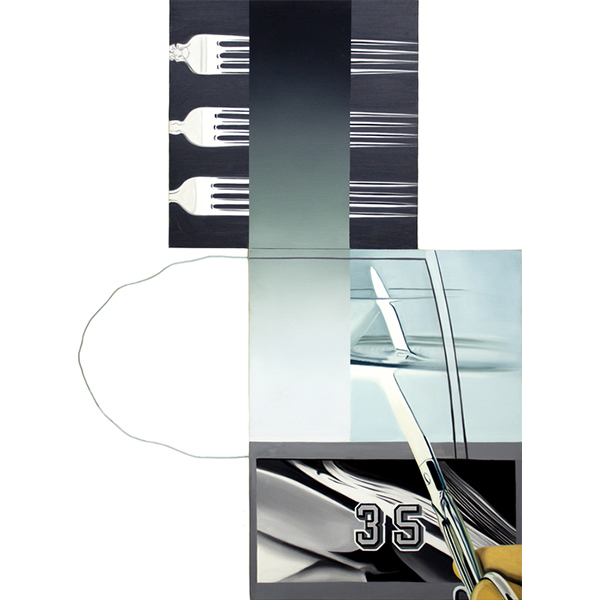
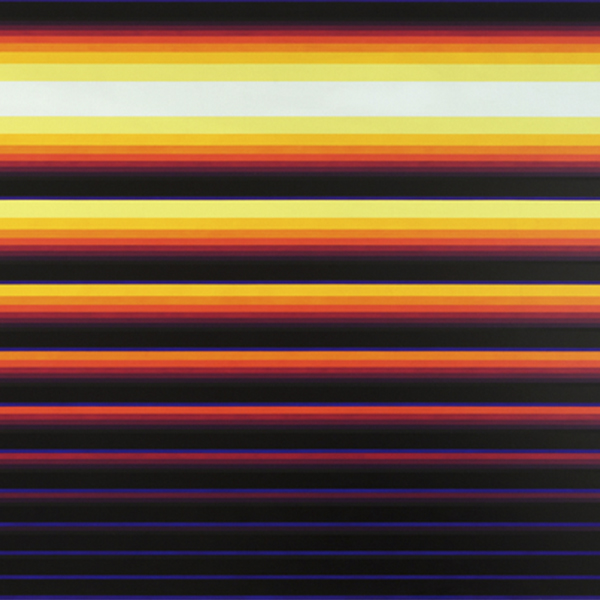
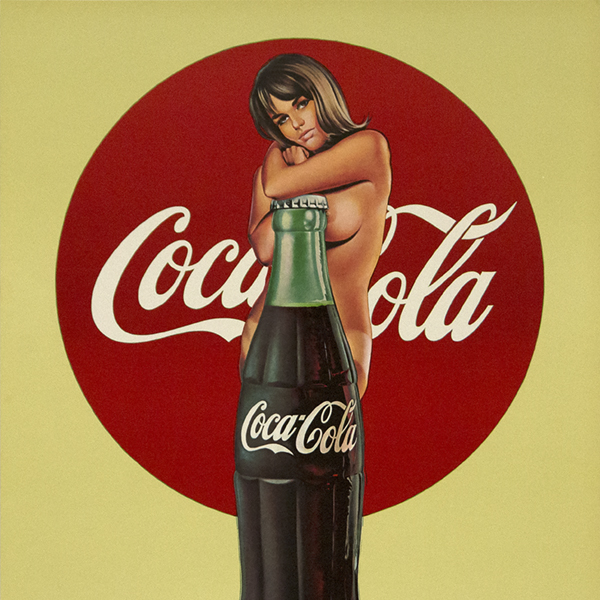


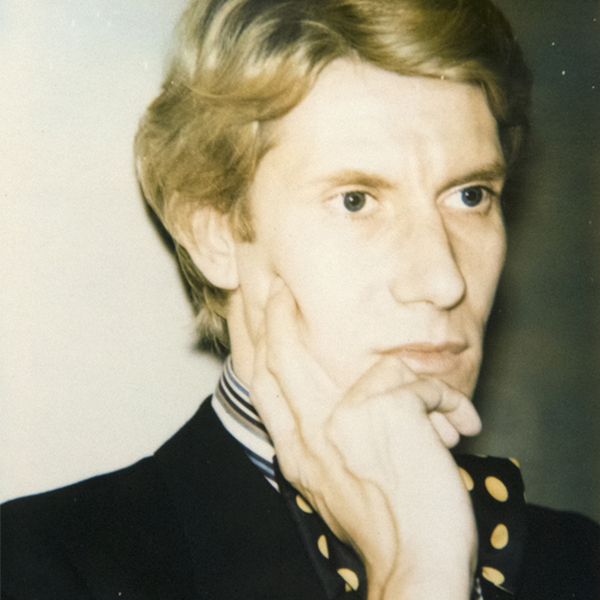

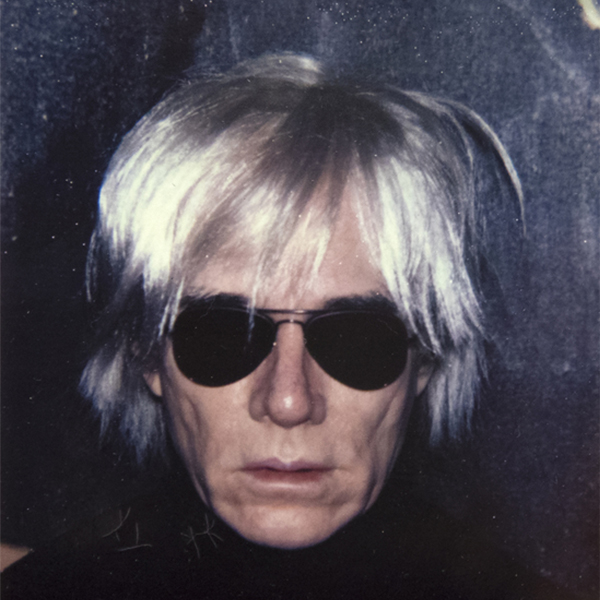

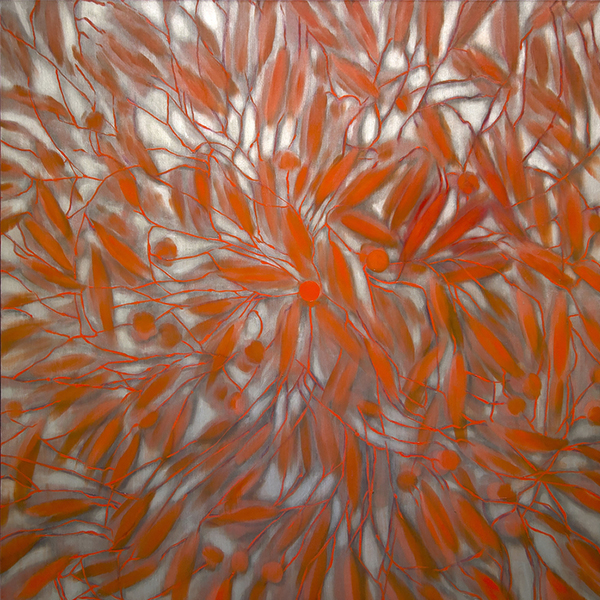
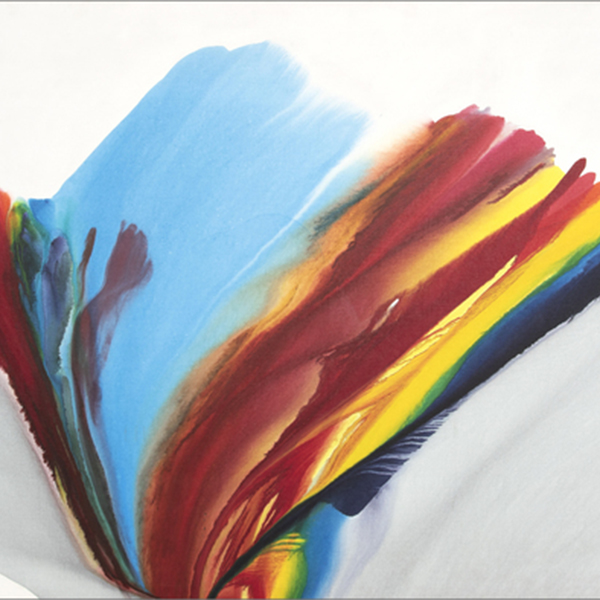
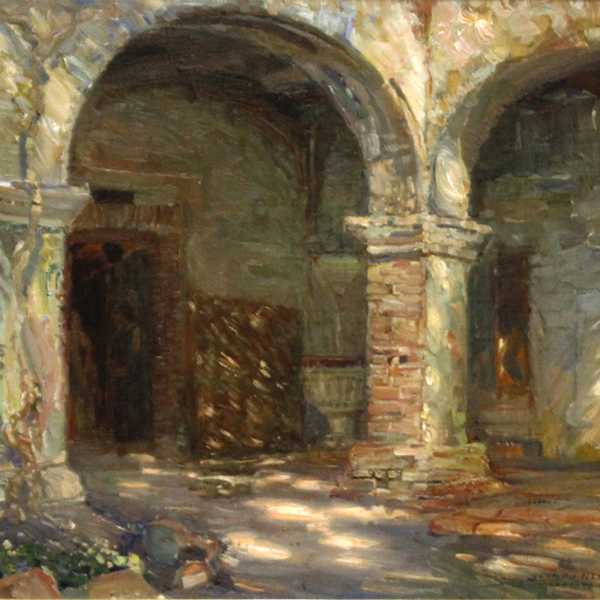

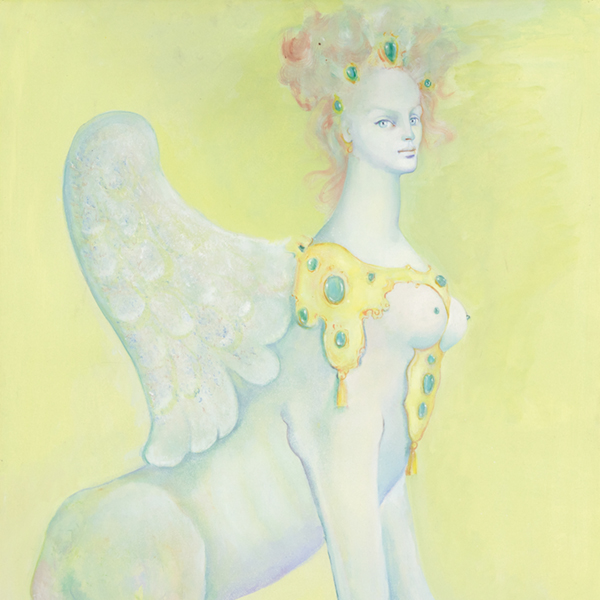

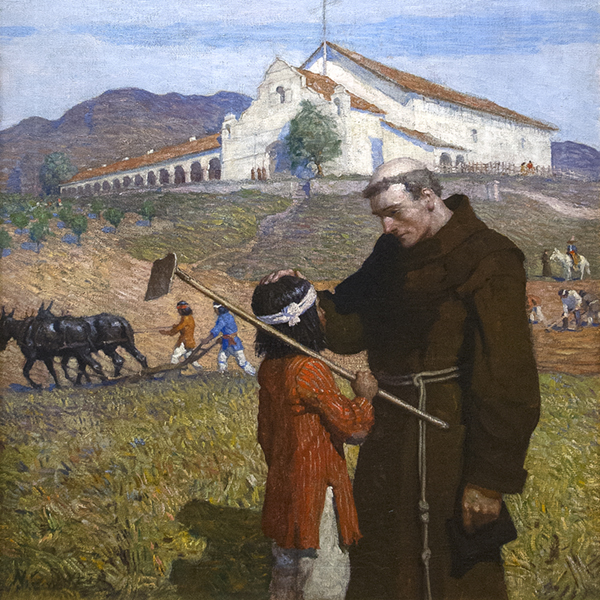
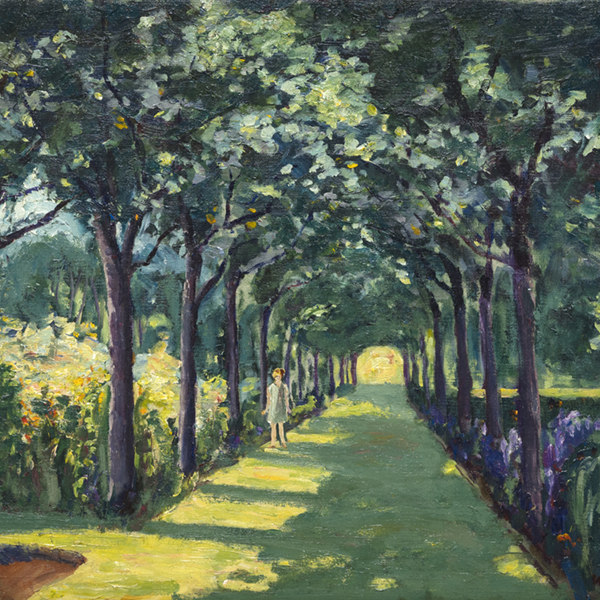
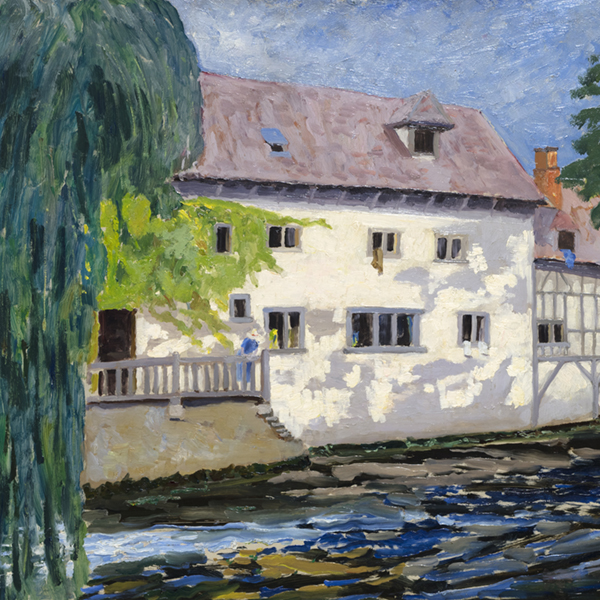
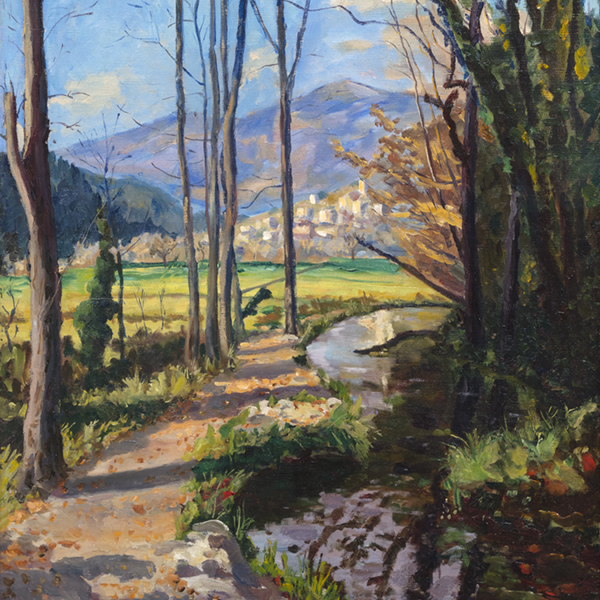
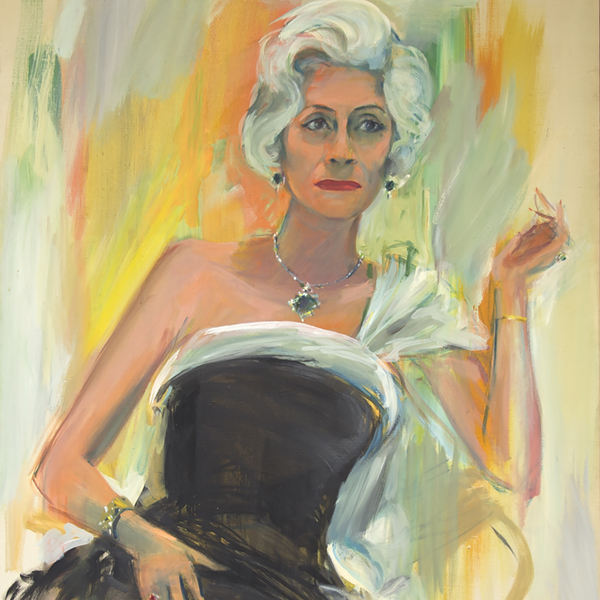
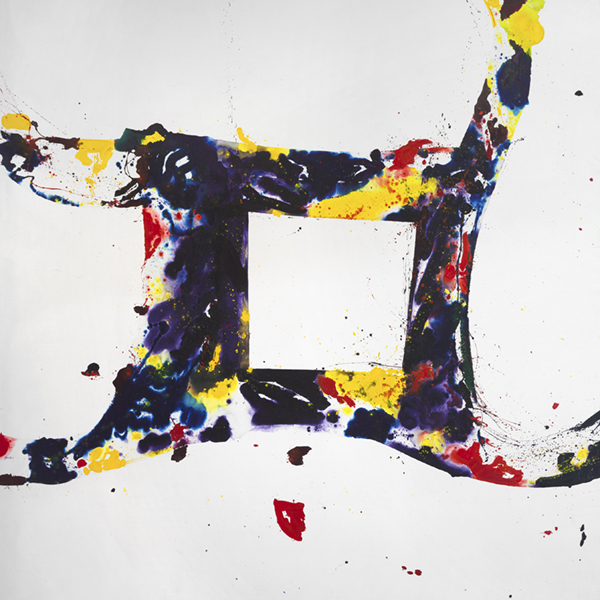
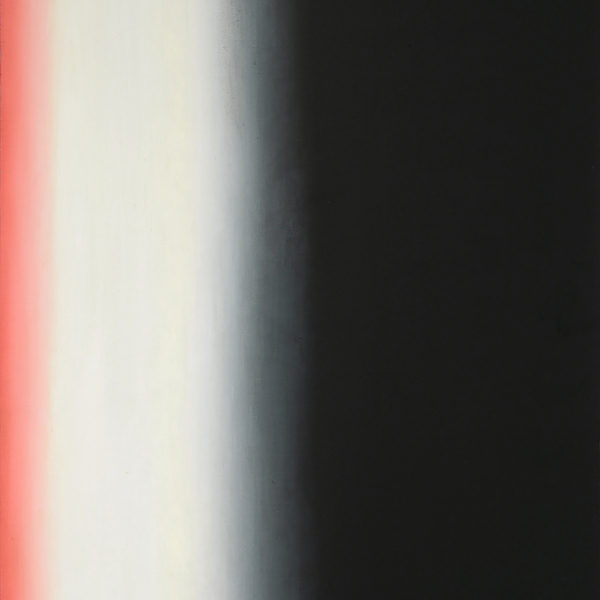
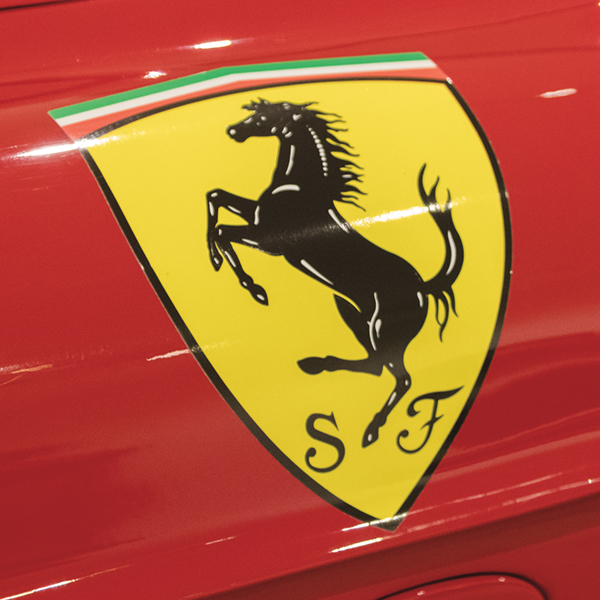
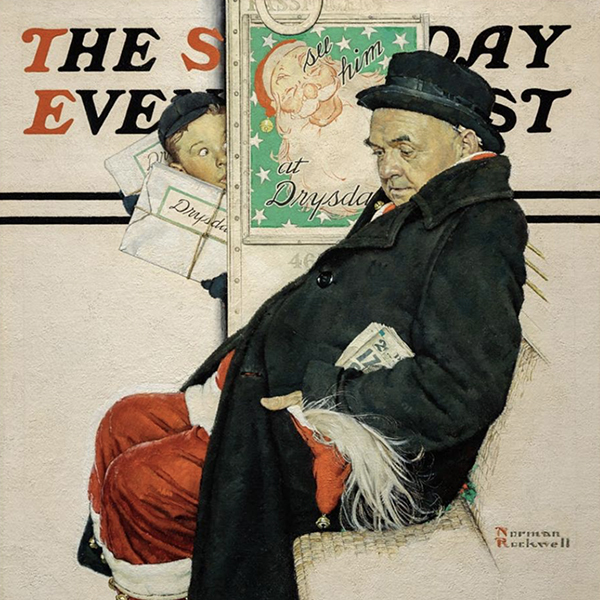
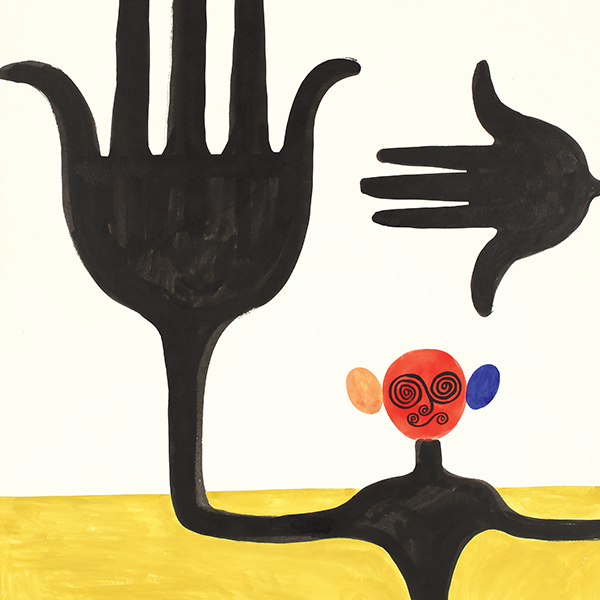
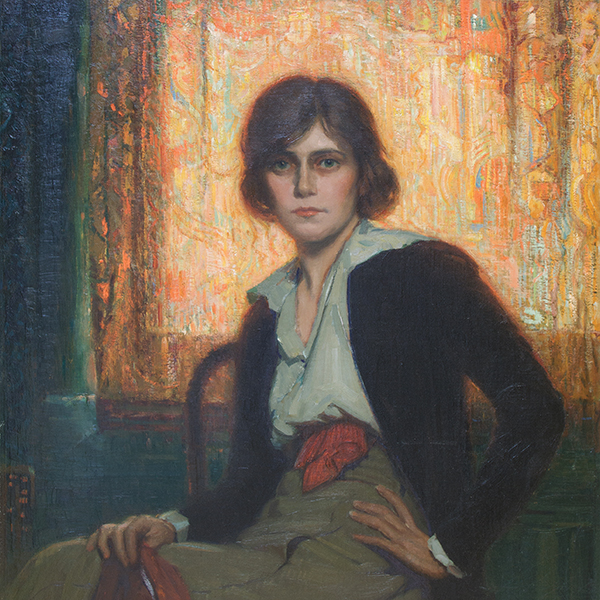
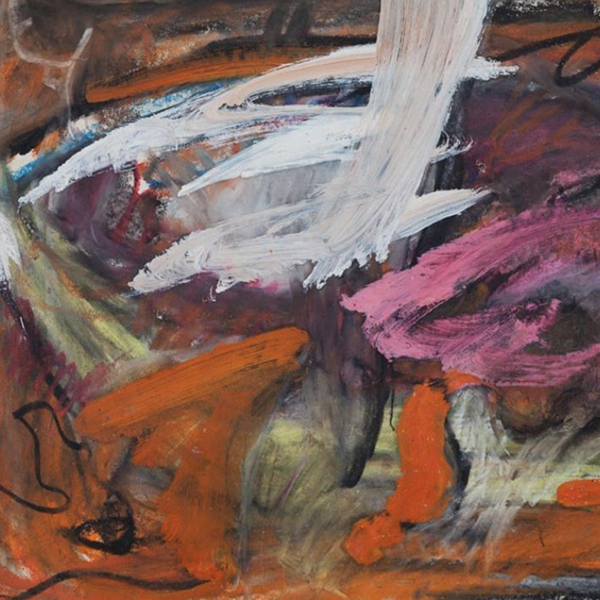
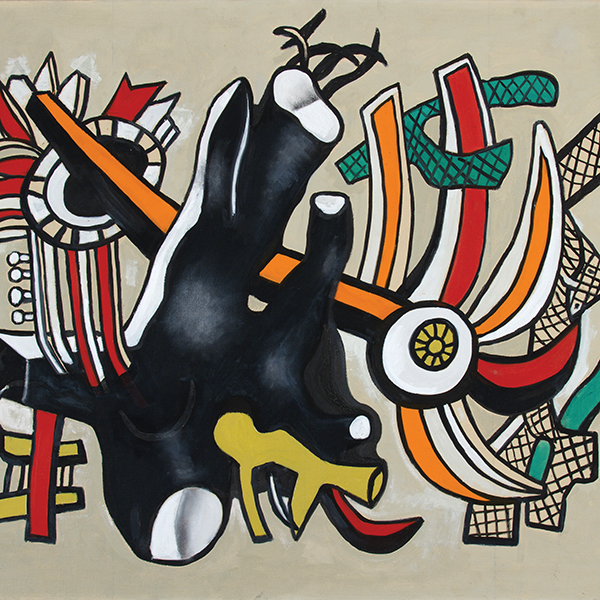
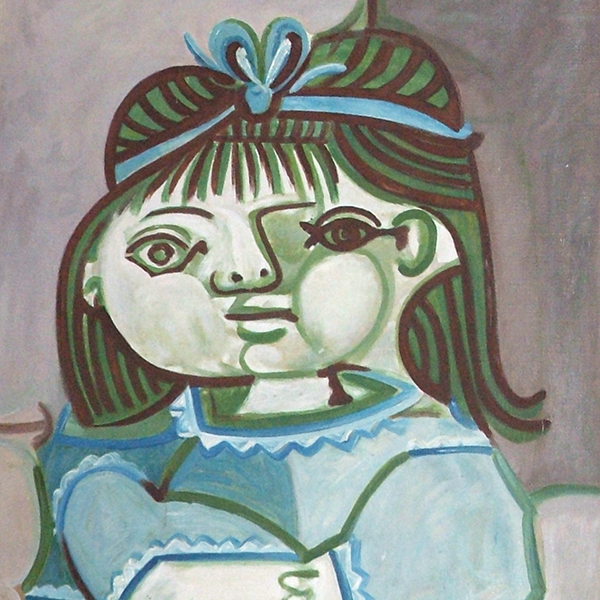


















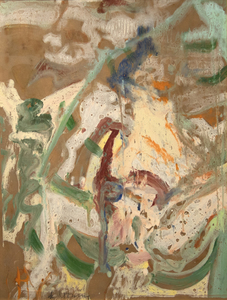
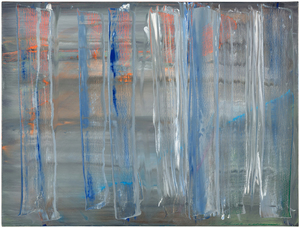

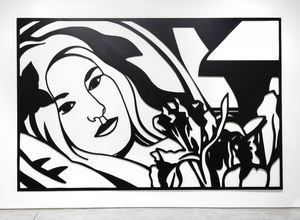
_tn31465.b.jpg )

